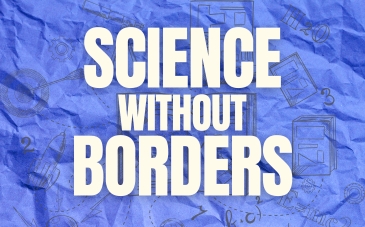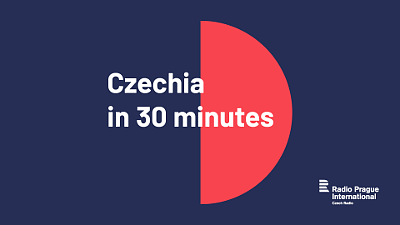Mass grave from Seven Years’ War unearthed at Prague’s Břevnov Monastery
Archaeologists in Prague have uncovered one of Europe's largest mass burial sites from the Seven Years' War. The discovery, made in the courtyard of the historic Břevnov Monastery, reveals the skeletal remains of over 1,000 soldiers, offering a rare glimpse into the harsh realities of 18th-century warfare.
The excavation, conducted from June to November last year, confirmed that the graves were created in May and June 1757, during the Prussian invasion of the Czech lands. Artefacts like uniform remnants, buttons, buckles, and ammunition point to this period.
Archaeologist Matouš Semerád of the National Heritage Institute, who led the research, described the graves:
“We have recovered a total of 1,055 skeletal remains from ten linear graves. These graves were roughly fifteen metres long, about one and a half metres deep. The individuals were placed in rows, often lightly sprinkled with earth before more were added.”
During the reign of Empress Maria Theresa, the soldiers of Prussian King Frederick II turned the monastery into an infirmary, using most of its premises to treat the wounded. A burial ground was established behind the granary for those who succumbed to their injuries.
Though designated as a war grave in 2004, the site was only excavated recently when the monastery decided to build a woodchip boiler house. The Benedictine order requested the relocation of the graves, prompting the archaeological survey.
The findings reveal the harsh realities of 18th-century combat. Many skeletons showed splinter fractures caused by ammunition and facial injuries, along with evidence of medical interventions like amputations. Researchers also documented a variety of personal items, as Mr. Semerád explains:
“We also found remains of uniforms, textiles, even shoes, and of course a number of buttons—about a thousand in total, including bone and metal ones. We discovered hooks, chains, and hundreds of coins, some sewn into uniforms or loose in pockets. One coin, minted in 1756, confirms the period of these burials.”
The remains are currently stored at the monastery, where further research is being conducted. Scientists are analysing the bones to determine the origins of the soldiers, their health, and whether they were related. Once studies are complete, the remains will be reburied in a new ossuary.
The National Heritage Institute has called this discovery unique within the whole of Europe due to the number of remains and the historical context. The findings not only deepen our understanding of 18th-century military life but also provide crucial insights into the personal experiences of soldiers during one of Europe’s most intense conflicts.
Related
-
Czech archaeology’s greatest discoveries
Where did the most famous Celtic head come from? Who was the Viking buried at Prague Castle? Find out in Radio Prague International‘s new series.















